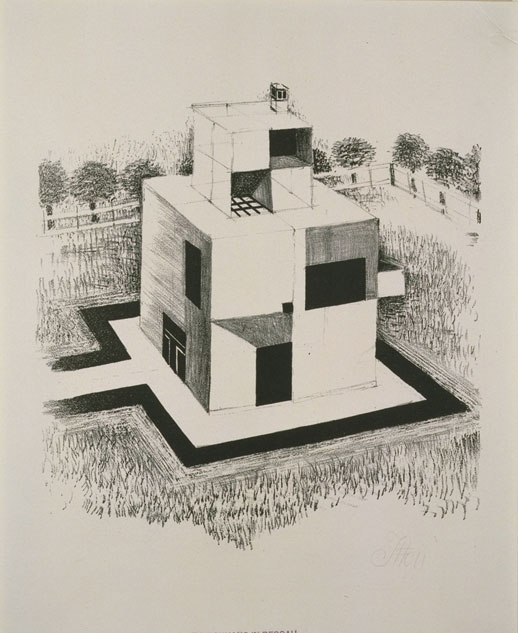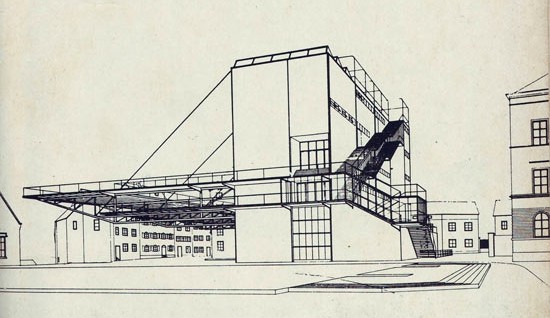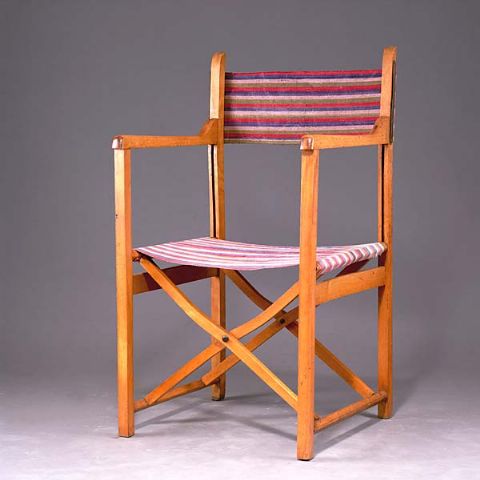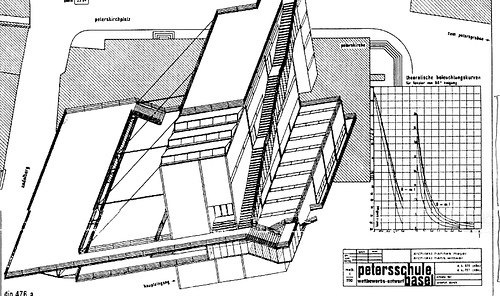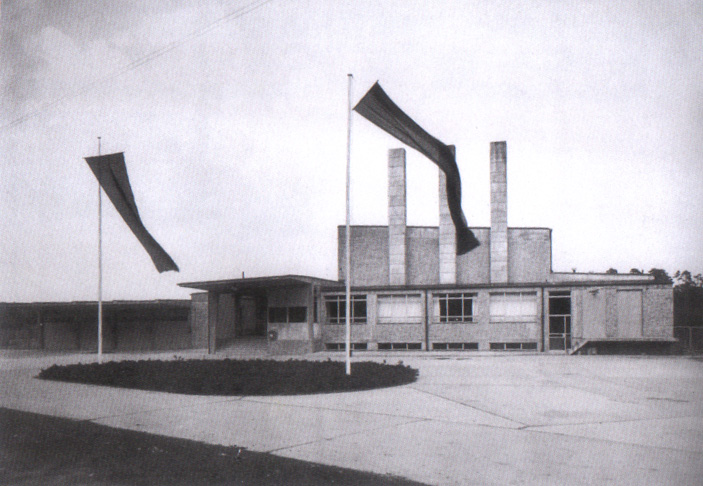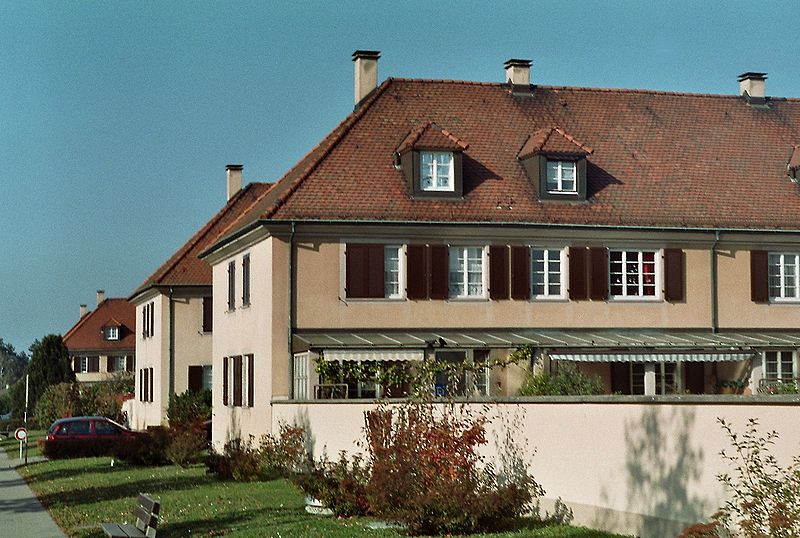<Back to Index>
- Architect Hans Emil "Hannes" Meyer, 1889
PAGE SPONSOR
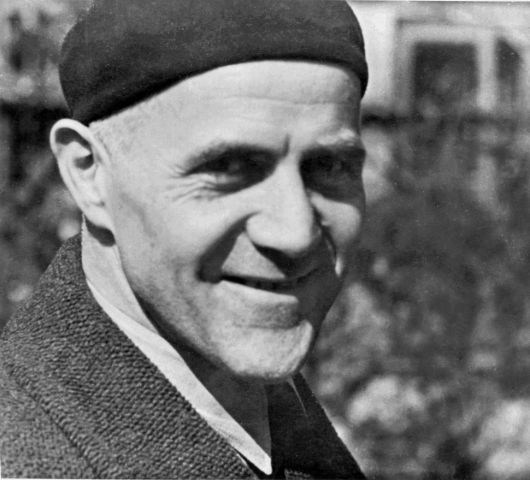

Hans Emil "Hannes" Meyer (November 18, 1889 – July 19, 1954) was a Swiss architect and second director of the Bauhaus in Dessau from 1928 to 1930.
Meyer was born in Basel, Switzerland, trained as a mason, and practiced as an architect in Switzerland, Belgium, and Germany, briefly serving as a department head at the Krupp Works in Essen from 1916 to 1918. In Zurich in 1923 he co-founded the architectural magazine 'ABC Beiträge zum Bauen' (Contributions on Building) with Hans Schmidt, Mart Stam, and the Supremist / Russian cultural ambassador, El Lissitzky.
Meyer's design philosophy is reflected in the following quote:
"1. sex life, 2. sleeping habits, 3. pets, 4. gardening, 5. personal hygiene, 6. weather protection, 7. hygiene in the home, 8. car maintenance, 9. cooking, 10. heating, 11. exposure to the sun, 12. services - these are the only motives when building a house. We examine the daily routine of everyone who lives in the house and this gives us the functional diagram - the functional diagram and the economic programme are the determining principles of the building project." (Meyer, 1928)
In
1926 Meyer established a firm with Hans Wittwer and produced his two
most famous projects, for the Basel Petersschule (1926) and for the
Geneva League of Nations Building (1926 / 1927). Both projects are strict, inventive, and rely on the new possibilities of structural steel. Neither was built.
Walter Gropius appointed Meyer head of the Bauhaus architecture department when it was finally established in April 1927. (Stam had been Gropius's first choice.) Meyer brought his radical functionalist viewpoint he named, in 1929, Die neue Baulehre (the new way to build), that architecture was an organizational task with no relationship to aesthetics, that buildings should be low cost and designed to fulfill social needs. He was also an ardent Marxist.
Meyer brought the two most significant important building commissions for the school, both of which still stand: five apartment buildings in the city of Dessau, and the headquarters of the Federal School of the Allgemeiner Deutscher Gewerkschaftsbund (ADGB), a confederation of German trade unions, in Bernau. The school turned its first profit under his leadership in 1929.
But
he also brought political dissension, both within the Bauhaus and
outside. Inside the school, particularly after he became Bauhaus
director in February 1928, he tightened the program around architecture
and industrial design, forcing the resignations of Herbert Bayer, Marcel Breuer, and other figures. In the increasingly dangerous political atmosphere of the Weimar Republic,
Meyer's own outspoken communism and the growth of the Communist student
organization in the Bauhaus became a threat to the existence of the
school. Mayor Hesse of Dessau fired him, with a monetary settlement, on
August 1, 1930. Meyer's
open letter in a left wing newspaper two weeks later characterizes the
Bauhaus as "Incestuous theories (blocking) all access to healthy,
life - oriented design... As head of the Bauhaus, I fought the Bauhaus
style".
Meyer responded to his dismissal by taking seven students and a secretary to Moscow, forming a group they called the "Left Column". This was a parallel effort to Ernst May's "May brigade". Both groups worked on architectural and urban planning projects guided by socialist - utopian ideals. The Soviet Union dismissed all such foreigners in 1936.
Meyer returned to Geneva for three years, then emigrated to Mexico City to work for the Mexican government as the director of the Instituto del Urbanismo y Planificación from 1942 through 1949. While in Mexico City he also served as the director of Estampa Mexicana, the publishing house of the Taller de Gráfica Popular (the Popular Graphic Arts Workshop). In 1942 he was with his friend the Italian photographer Tina Modotti the night she died under mysterious circumstances.
Meyer returned to Switzerland in 1949, and died in 1954.
